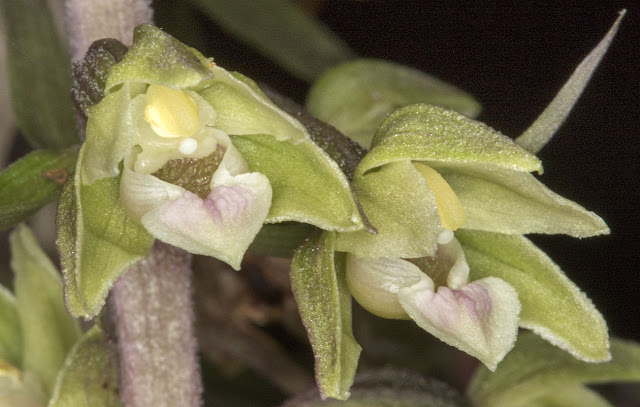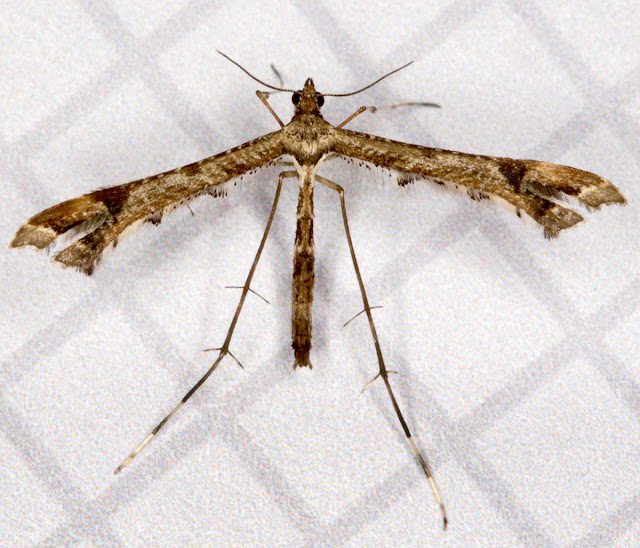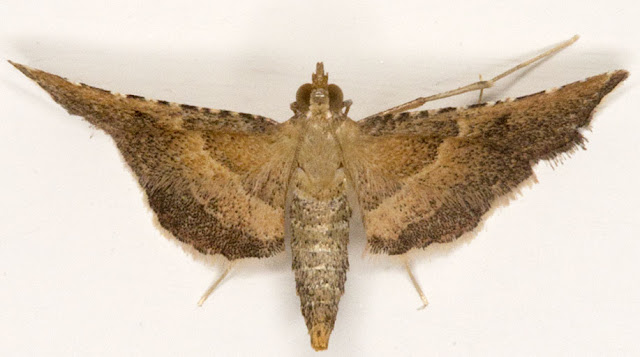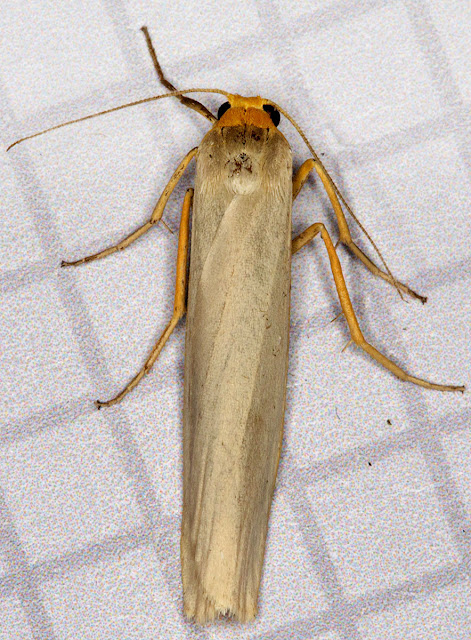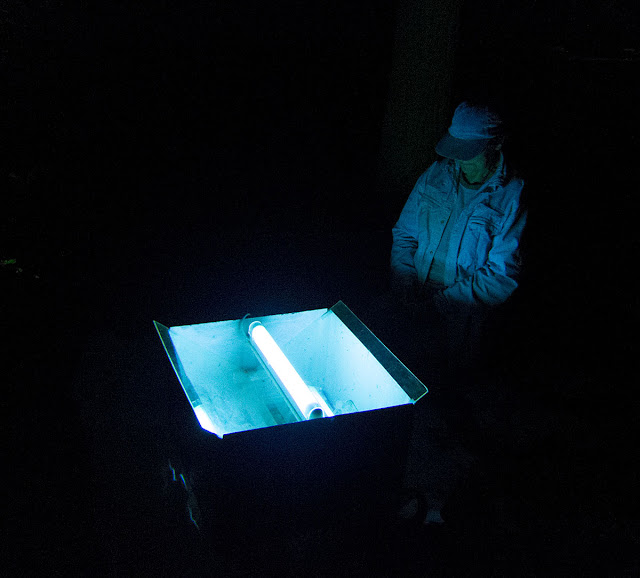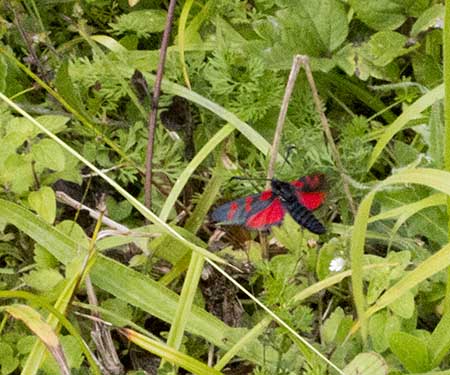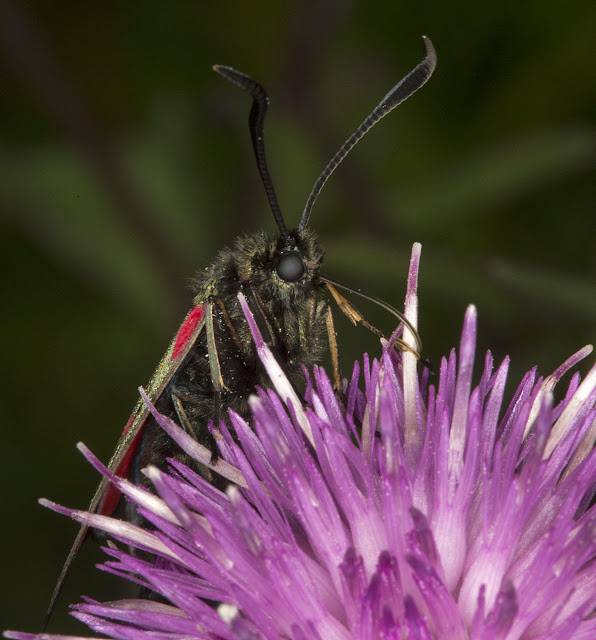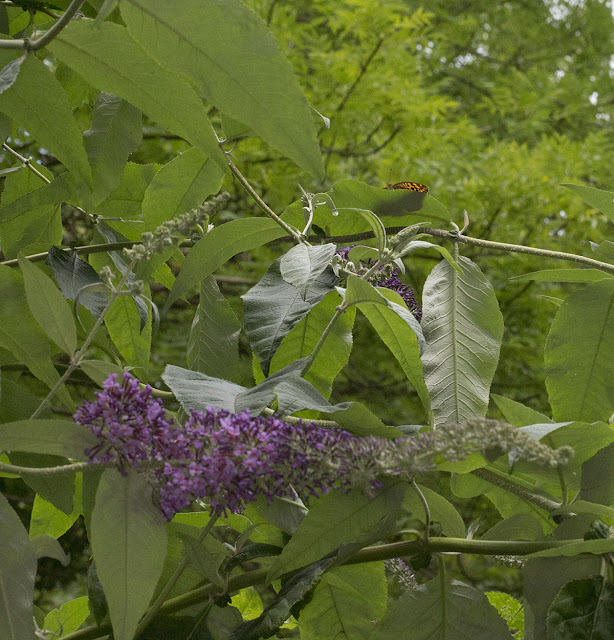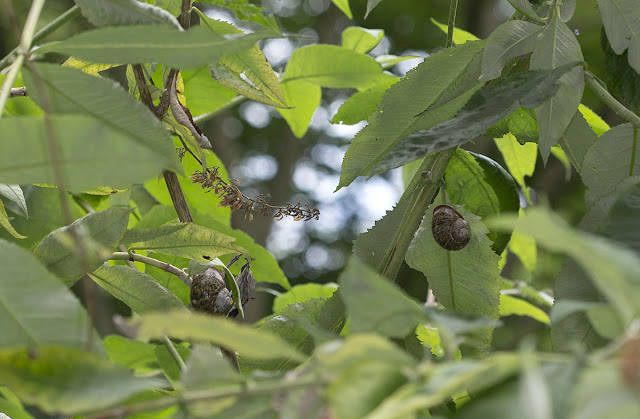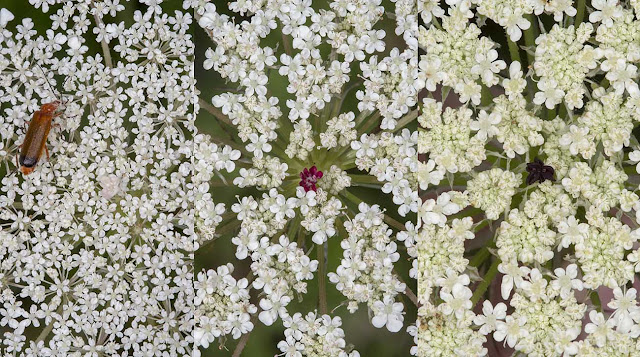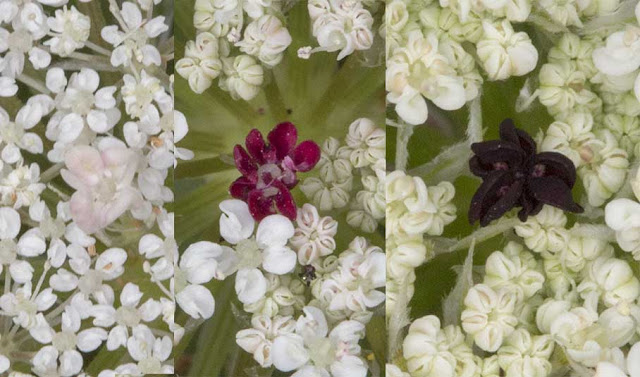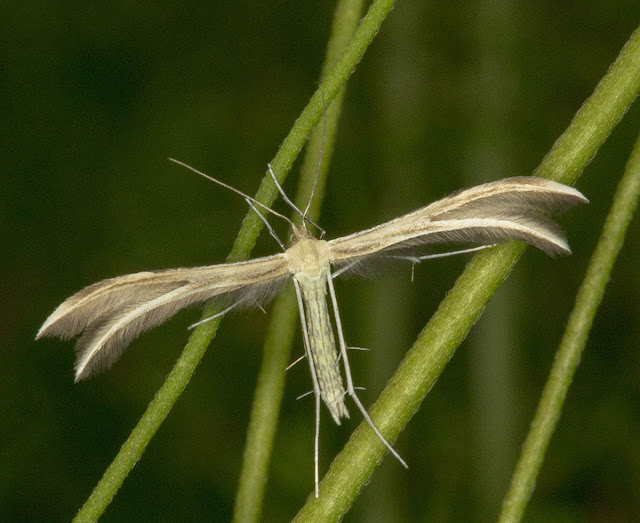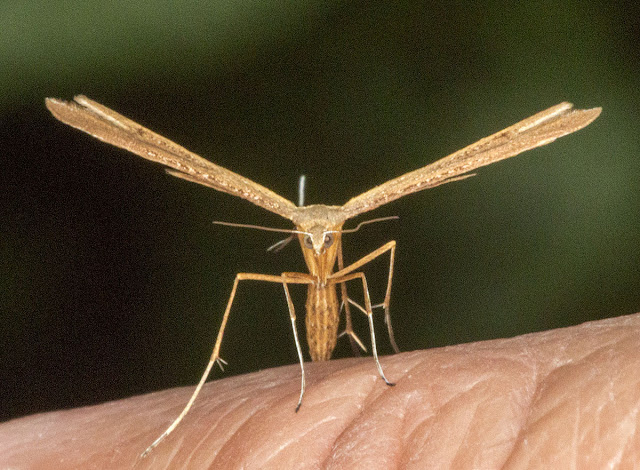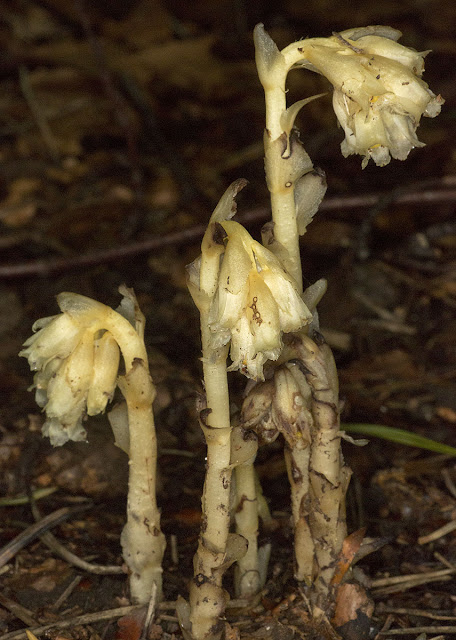 |
| Double-striped Pug, Gymnoscelis rurifasciata. In my computer room in Hayes on 14 August 2012. |
Now I'm paying attention to moths, it seems that there are more of them than ever before. Over the last two evenings, nine different ones have flown into my computer room while I was working. So I will say a bit more about those individuals.
At the top is a Pug, one of a group of quite small moths within the family Geometridae. It's only a couple of centimetres across. The caterpillars of this one eat the flowers of many local plants and shrubs such as Holly, Ivy, and Gorse, and it is quite common in gardens and parks. There are two generations each year and I have seen several in my garden trap.
It's sitting on one of my doors, and under this magnification you can see that the "wood" is fake!
 |
| Light Brown Apple Moth, Epiphyas postvittana. In my computer room in Hayes on 14 August 2012. |
This is a common micromoth, so called because many of the species assigned that description are small to tiny. This one is just over a centimetre long, and has the colouration of a male. It belongs to the family Tortricidae, and would usually be called a Tortrix. It originated in Australia and was not seen in Britain before 1936. The caterpillar eats dead tissues of many trees, shrubs and plants, and it breeds all year long if the weather is warm enough. This one was on my wall.
 |
| Willow Beauty, Peribatodes rhomboidaria. In my computer room in Hayes on 14 August 2012. |
The largest moth to arrive in my bedroom was this Willow Beauty. They vary in size and are usually four or five centimetres across. In this species, the male has pectinate (comb-like) antennae, used to pick up the female pheromones. You could say it smells with its antennae.
It is of the family Geometridae and would usually be called a Geometer. The caterpillars eat many broad-leaved trees and shrubs, and it is widespread and common; it can even be found in urban centres, including London, which has many parks stocked with its food plants.
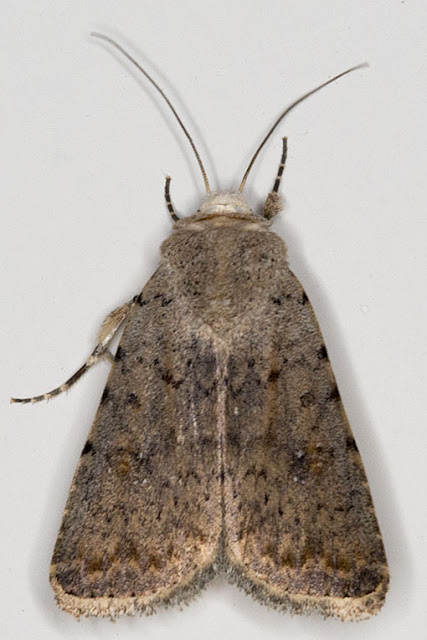 |
| Pale Mottled Willow, Paradrina clavipalpis. In my computer room in Hayes on 14 August 2012. |
This one was walking up my wall and never stopped for a real close-up. It belongs to the family Noctuidae, and I see many of them in my garden trap. The markings are sometimes not very distinct but it consistently has three or four black dots along the leading edge of its wings and an indeterminate number of white flecks around the kidney-marks that are typical of this family. Though on this specimen you can only just make them out.
It's a little under two centimetres long. The caterpillars eat grass seeds, including cereal grains, and so it tends to thrive in farmland, grasslands and urban gardens. The book has a note that it used to live in coal mines, living on the fodder of pit ponies.
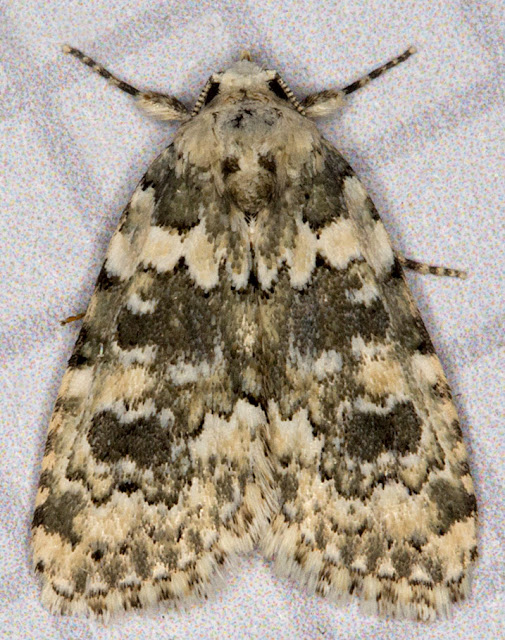 |
| Marbled Beauty, Cryphia domestica. In my computer room in Hayes on 14 August 2012. |
This prettily patterned moth is another Noctuid. The kidney-marks are much clearer on this one, if you know where to find them. I persuaded it to rest on my measuring paper, which has lines at 5 millimeter intervals; size is a useful aid to recording and identification.
The caterpillars eat lichens growing on rocks, walls and trees, so it can often be found around old buildings. It is not supposed to be rare, but this is only the second one I have seen in my year of mothing.
I will continue this next time ...








